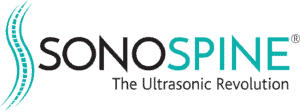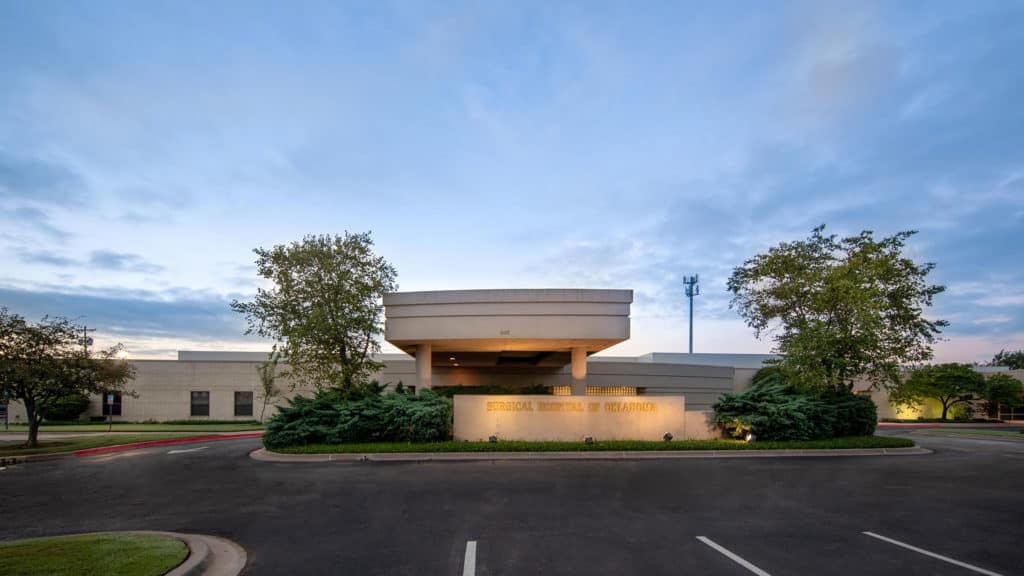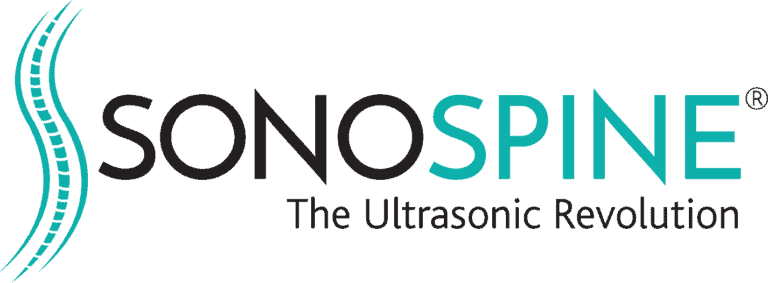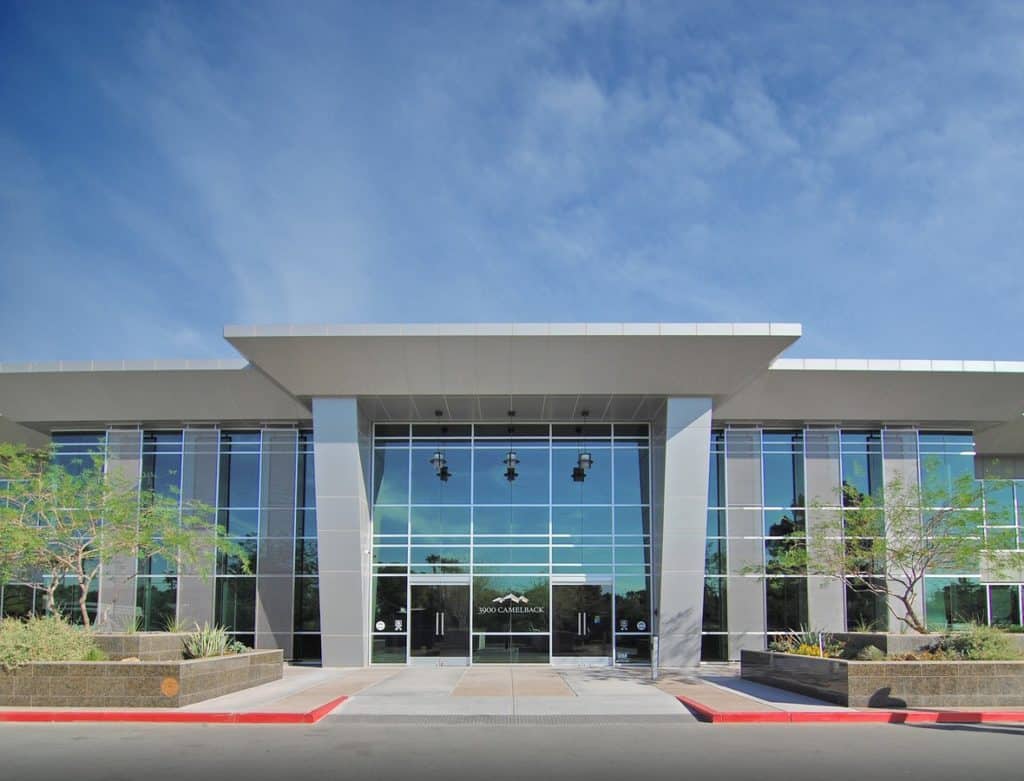The Nation's Top Center for Slipped Disc Treatment

State-of-the-art Ultrasonic Spine treatment
Free MRI Review
As Seen On
Is Sonospine the right Slipped Disc Treatment For You?
Dr. Dilan Ellegala
Hear from Our Patients
Conditions We Treat
- Spinal Stenosis, Sciatica, Back Pain, Neck Pain, Pinched Nerves
- Foraminal Stenosis
- Failed Back Surgery Syndrome
- Degenerative Disc Disease
- Bone Spurs
- Herniated Discs
- Bulging Disc
What is Slipped Disc ?
If you have been diagnosed with a slipped disc, you may be confused about the information you have found when you research that condition. A slipped disc is a term often used to describe various types of damaged discs within the spine, such as a herniated disc, torn disc, ruptured disc or bulging disc. Because “slipped disc” is a commonly used term for these conditions, it’s understandable to feel a little overwhelmed at the prospect of finding real answers about your condition and what you can do for pain relief.
At Laser Spine Institute, we believe you should be informed about your spine condition so you can make a confident decision about your treatment options. Read through our comprehensive guide to understanding a slipped disc, and contact us with any questions you may have throughout your research.
“Slipped disc” is a nonmedical and potentially misleading term used to describe a common degenerative spine condition. The term is deceptive because disc slippage is usually not involved; instead, in some cases, the firm outer shell of a spinal disc is forced outside of its normal boundary. In other cases, a disc will be said to “slip” if it develops a tear in its thick, multilayered wall. This tear can begin from the inside of the disc and work its way outward, or a disc can break open on the outside due to an injury or weak spot.
If a disc tear happens, some of the disc’s gel-like inner core material (nucleus pulposus) can potentially escape the confines of the disc wall and seep into the spinal canal. Also known as a herniated, ruptured or bulging disc, slipped discs can occur in the cervical (upper), thoracic (middle) and lumbar (lower) regions of the spine.


